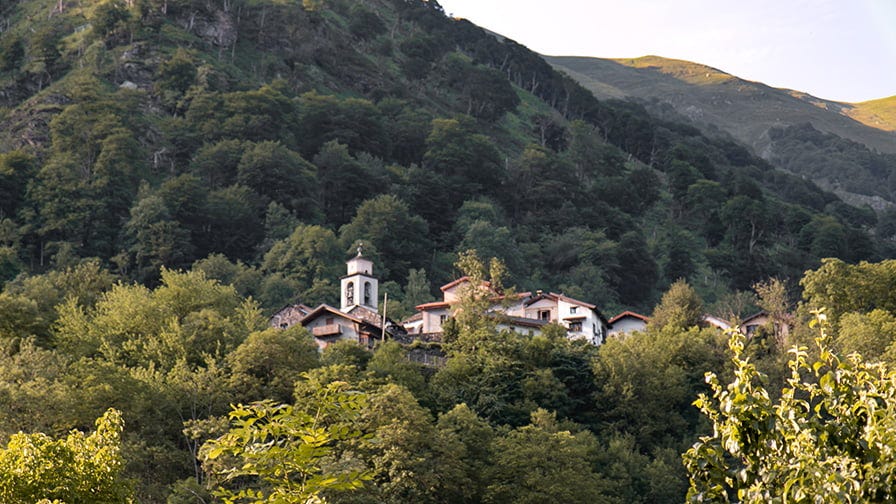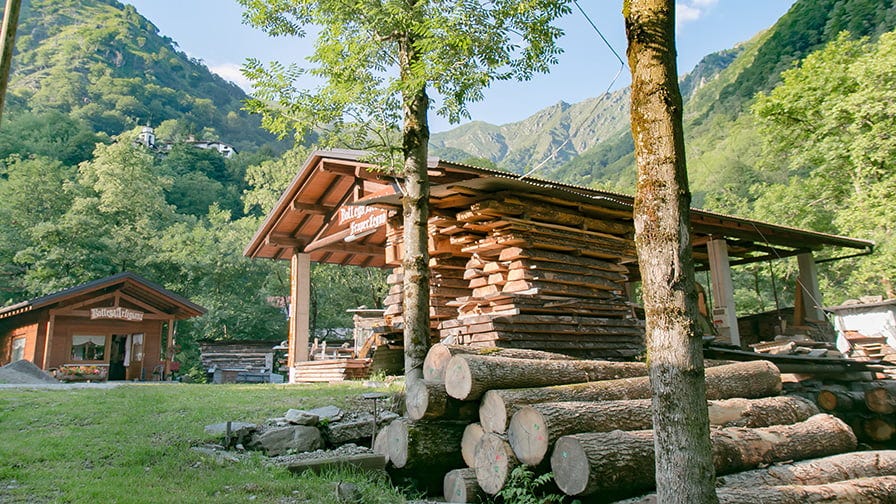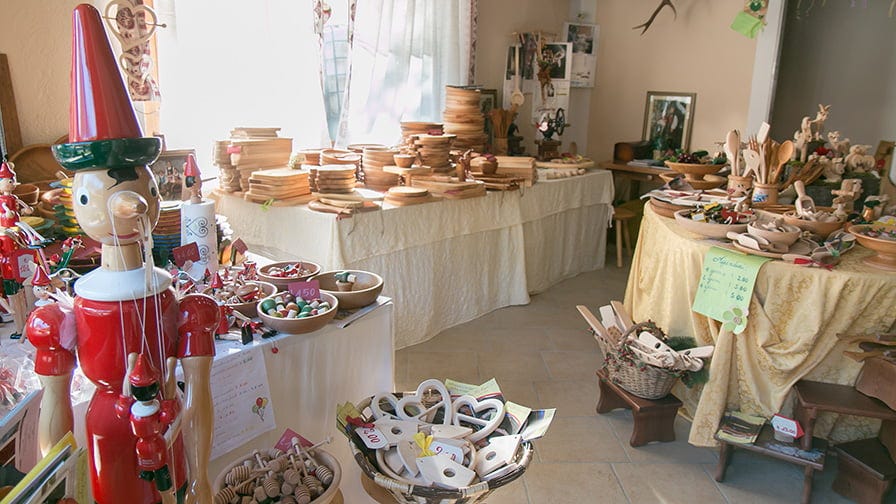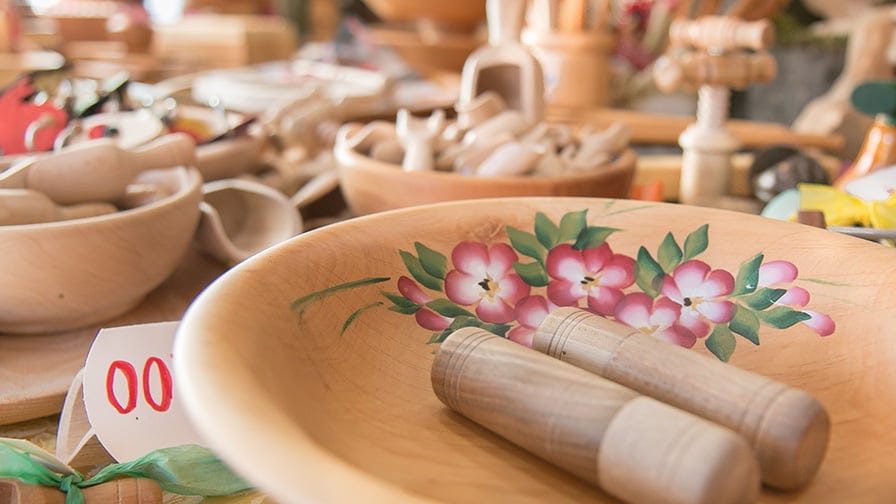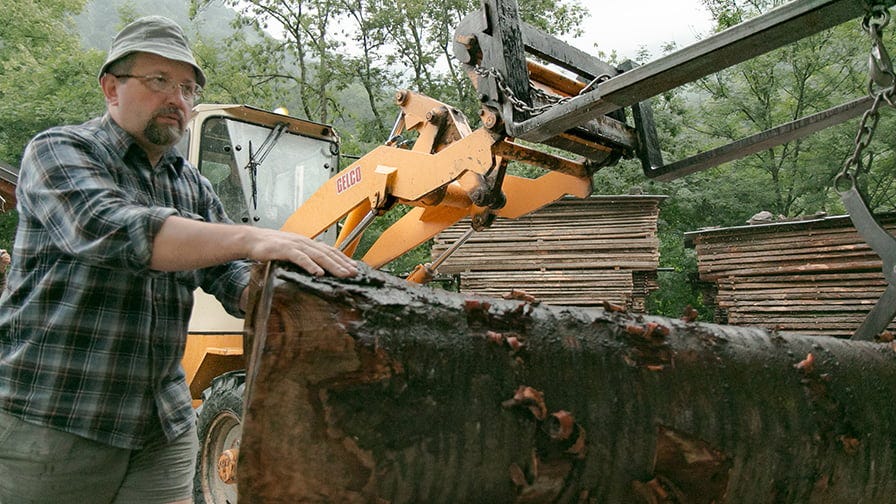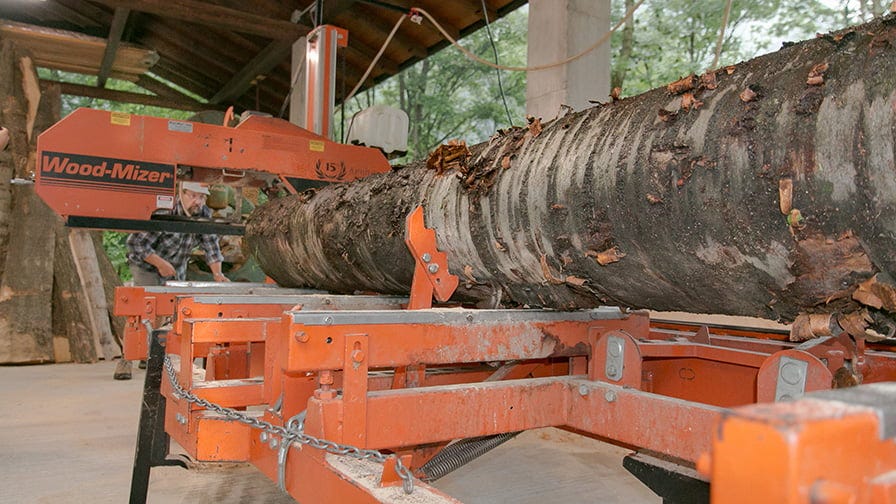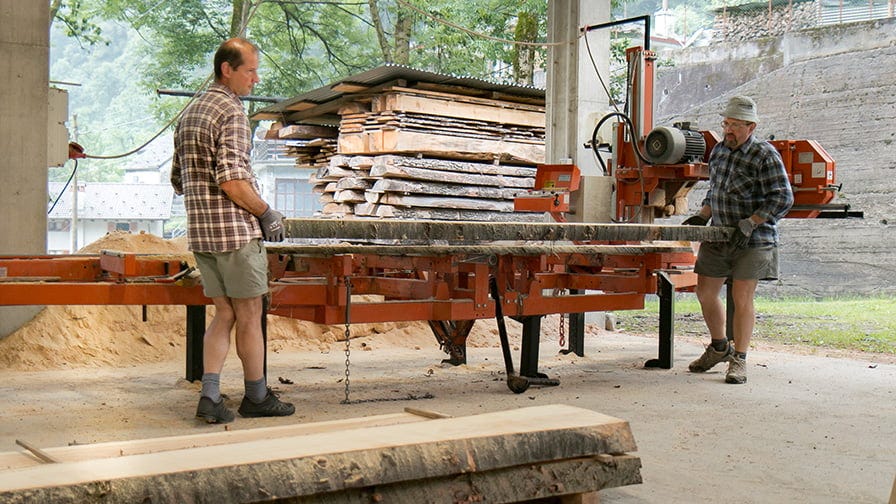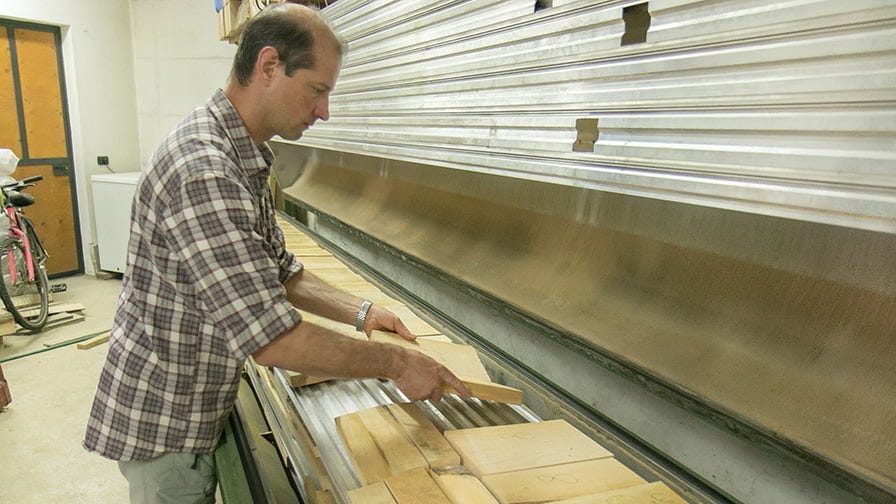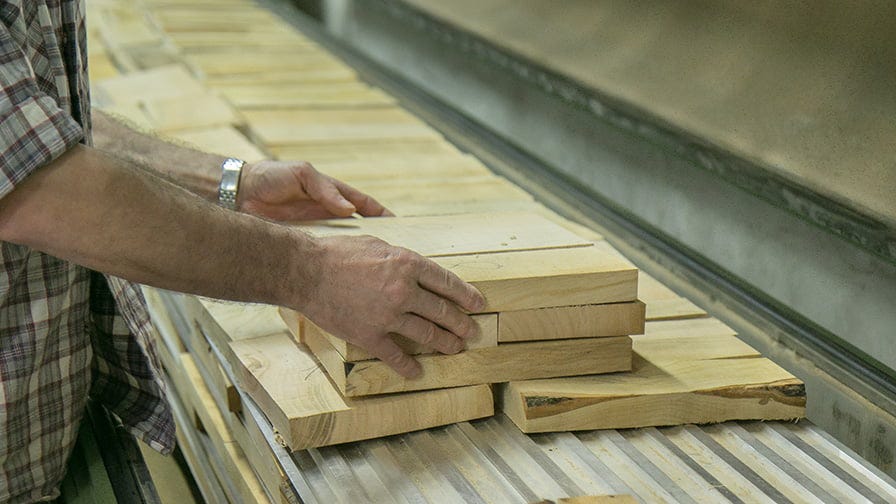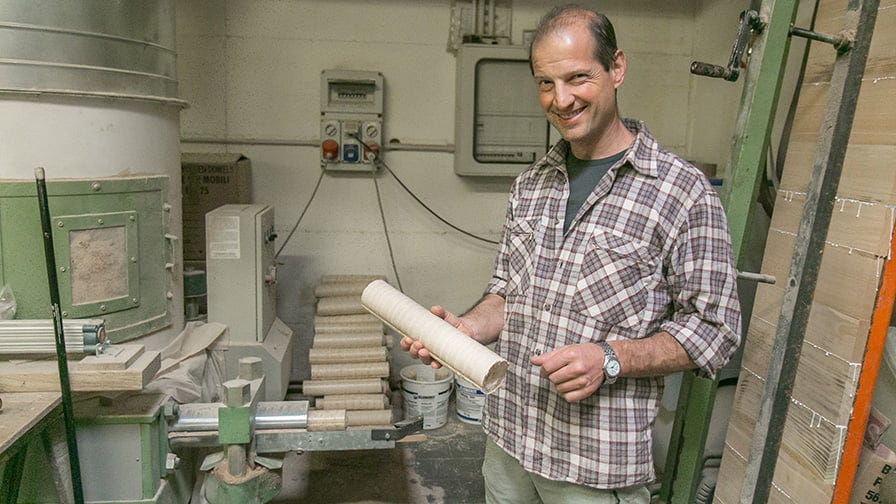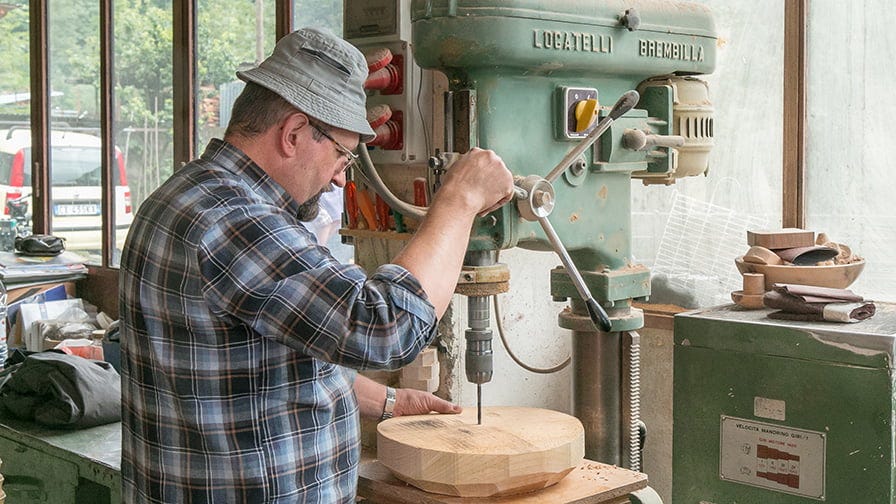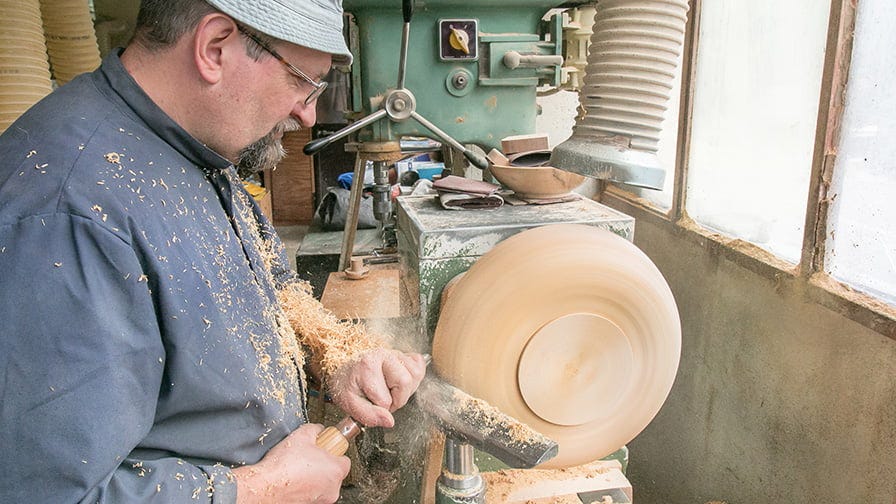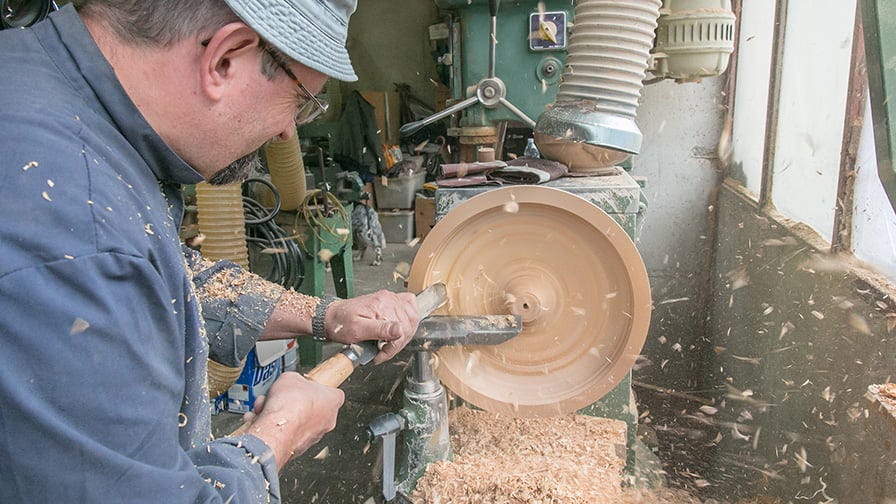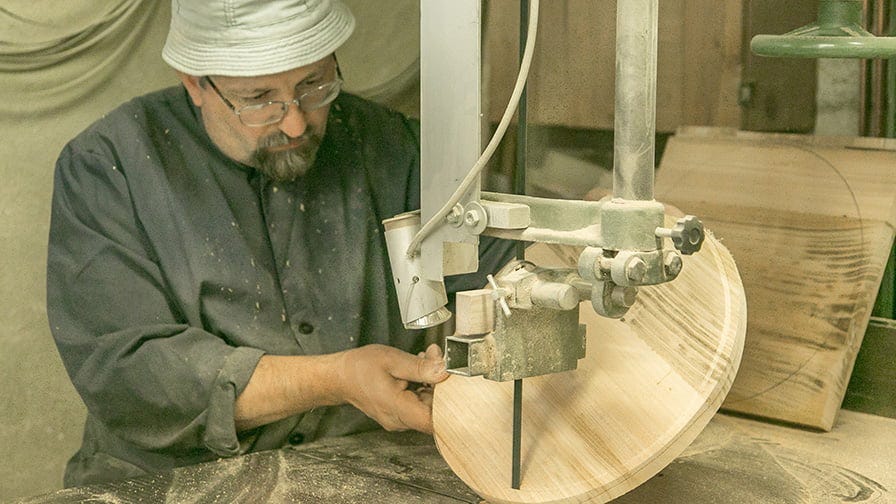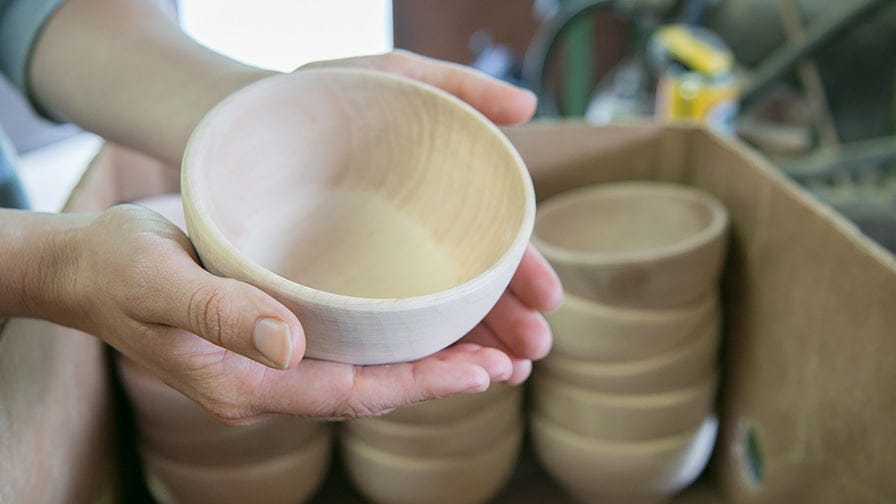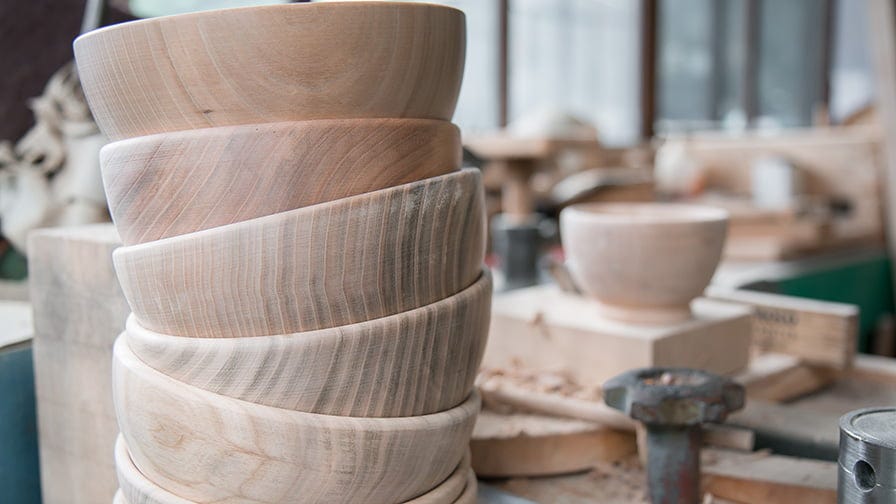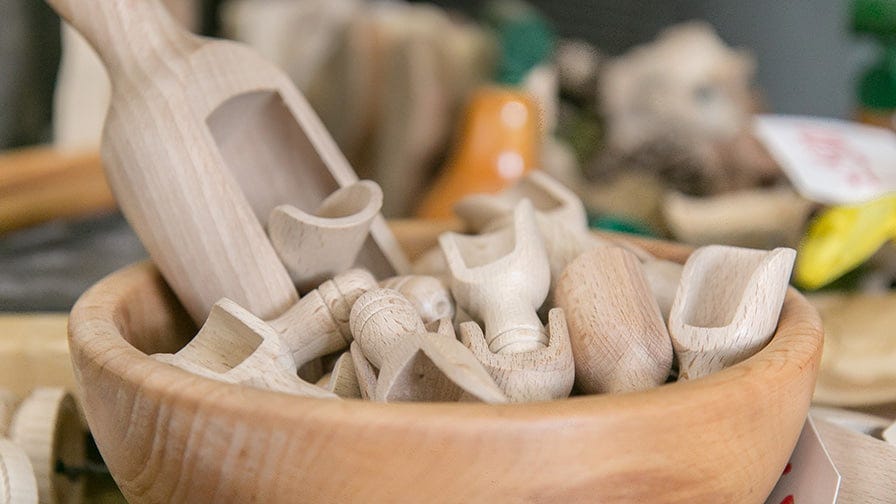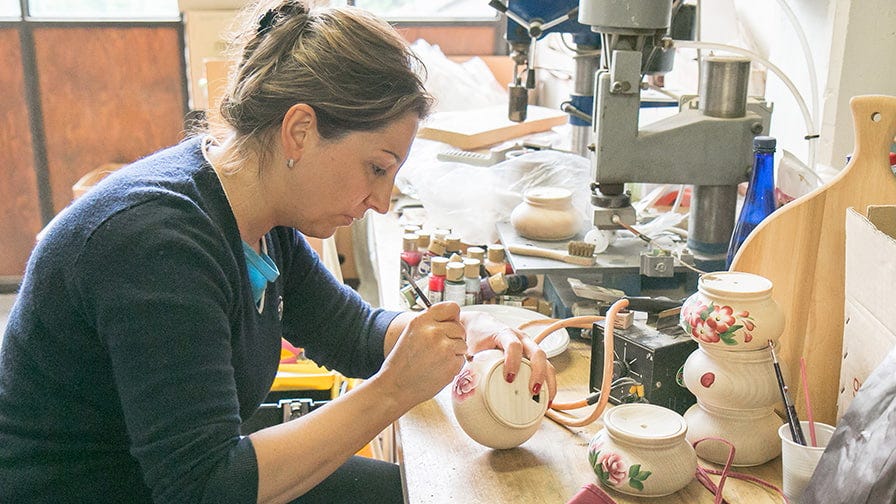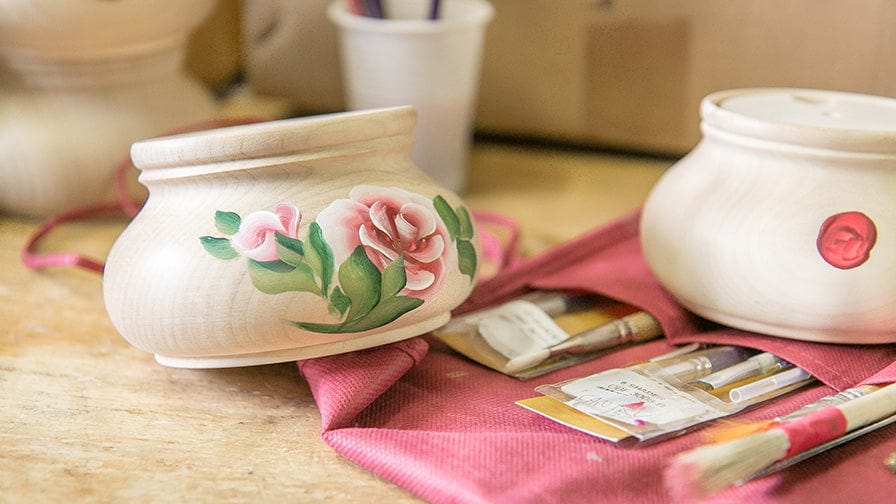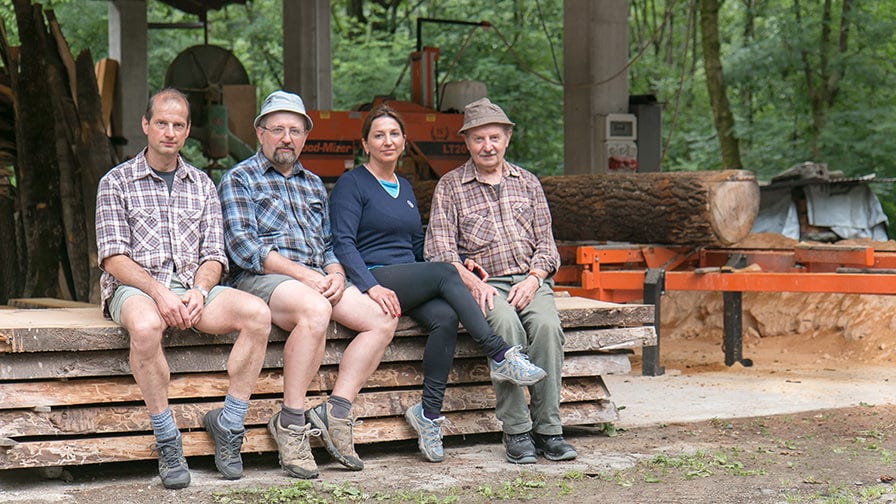Wooden Spoon and Plate Handcrafting: An Italian Family Keeps Their Traditional Business Alive
By Martina Valentini, GreenPress EnvironMedia
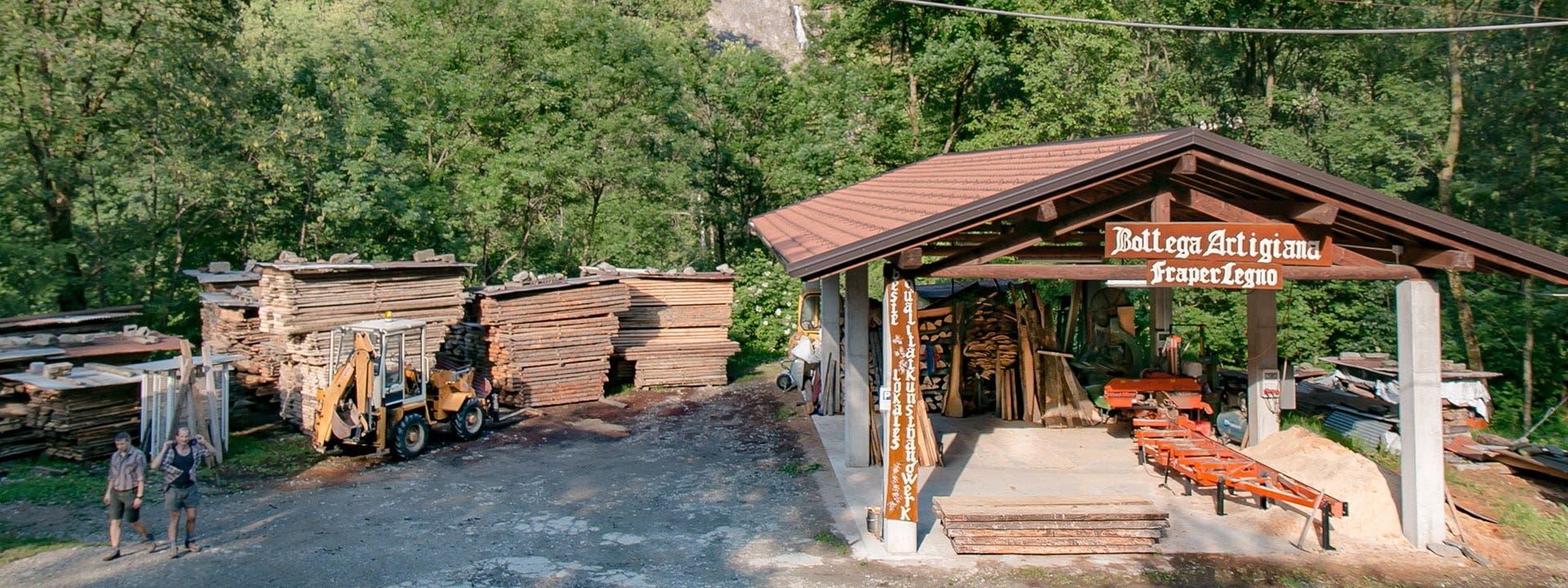
For the Peretti family, wood is a vital part of their existence, as much as air or water is. Wood has been their livelihood for more than half a century and is the traditional craft of the people of the valley where they live.
The valley of Val Strona in northern Piedmont (Italian Alps) is commonly referred to as the ‘Valley of Spoons’ because wooden spoons were fashioned here as one of the principal industries for centuries.
“It used to be that Val Strona valley was like a little China - in every basement, each family had their spoon factory,” shares Noris Peretti. Noris and her two brothers, Sandro and Ezio, run the business together.
“All three of us were born here and have lived and breathed wood from birth, as our parents were running this business before us. But the market has changed a lot. It used to be that everyone here focused simply on quantity instead of quality. With the crisis and influx of imported products, everything has changed, and not everyone was able to survive it.” It used to be that around 300 small companies existed in the valley, each one producing wood products and spoons and selling throughout Italy. Now there are only 30 left.
“Those that survived realized that the quality and appearance of the products must be a priority. When the crisis came, the fax machine stopped printing orders almost overnight, and the mail stopped coming. Fortunately, we had a rock-solid foundation to keep us going, and we continued our production and built up a product inventory for better times. Now we’ve exhausted those inventories with new orders and often have difficulty keeping ahead of orders as they come in again.”
Incorporating a sawmill into the production line significantly impacted their ability to ride out the storm. “Wood-Mizer opened up a world of opportunity to us. It made us more competitive on price because we no longer had to rely on an outside sawmill to produce timber for us. It increased our level of independence and flexibility.”
Having the LT20 on-site allowed them to decide what wood to cut, depending on the type of products they had on order. Over the years, they have continued to diversify their product offering: not only spoons but also wooden platters, plates, cutting boards, large kitchen utensils, and decorative items and figurines. Almost all their products are fashioned by hand. They turn bowls on the lathe, decorate and paint the products by hand, and then stain it to further using the products in contact with food. They only use natural oils on the wood.
With the addition of so many new products, choosing the correct wood species has also become essential.
“We use many different types of wood,” shares Noris. “Beech, cherry, alder, maple, ash, and walnut. Our logs come from Switzerland or locally from the mountain valleys around us.”
“The Wood-Mizer sawmill was an essential part in improving our production and allowing us maximum flexibility to being able to cut boards to the exact sizes we needed. It’s a very efficient machine that has changed how we work.”


